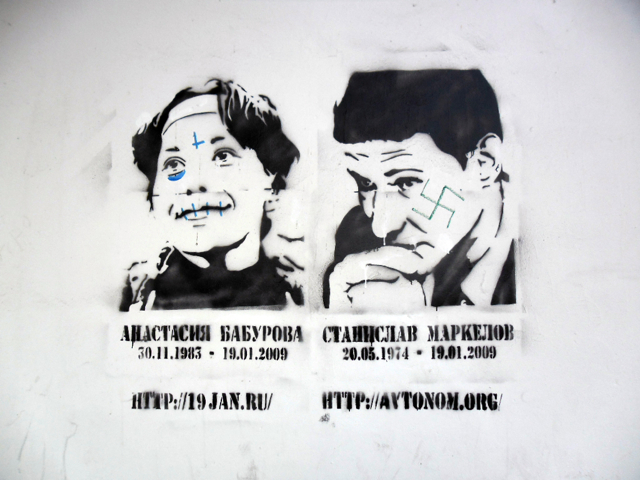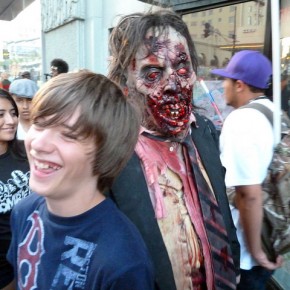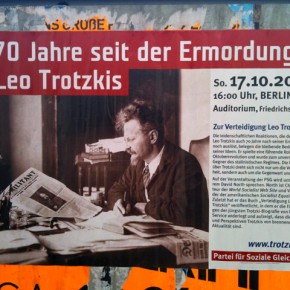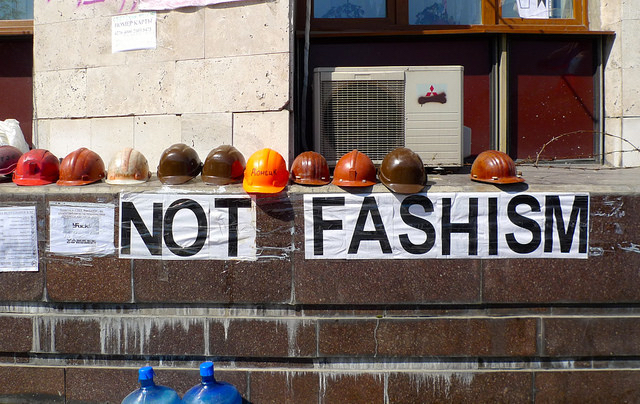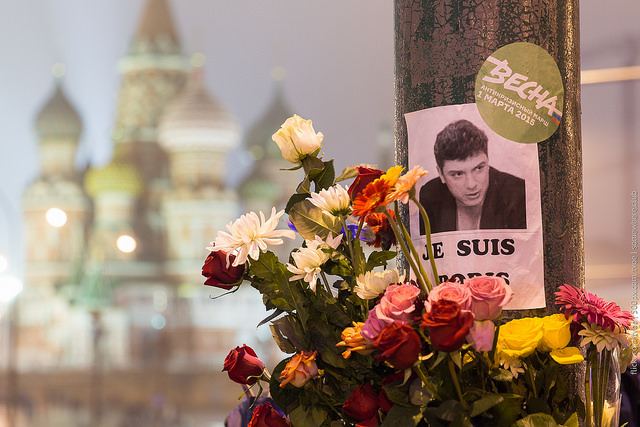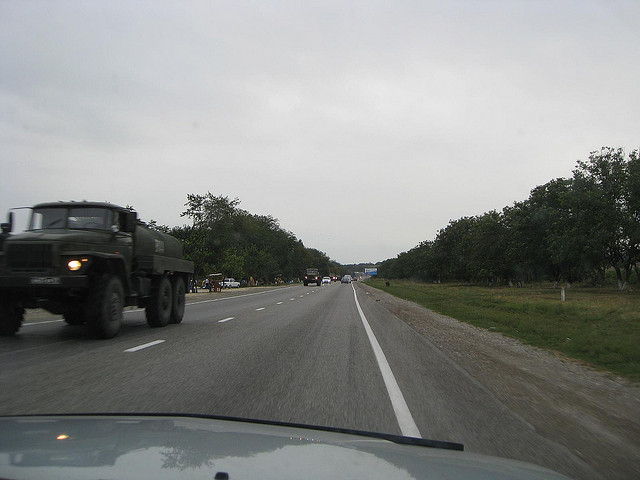Stanislav Markelov, lawyer and journalist for the liberal newspaper Novaya Gazeta, and coworker Anastasia Baburova, anarchist and political activist, were murdered in 2009 in the centre of Moscow by killers believed by many to be Russian ultra-nationalists.
The 19th January movement, whose website is included in this graffiti in Tatarstan’s capital of Kazan, is an antifascist organization named after the date of Baburova and Markelov’s murders. Also advertised is the Organisation of Libertarian Communists.
Far-right (led by the slogan “Russia for Russians”) and antifascist graffiti of this nature often jostle for space on the concrete of urban Russia, Kazan being no exception. This graffiti was found in a street near the façade of Kazan State University, which counts among its alumni Tolstoy (described by his tutors as ‘both unable and unwilling to learn’) and Lenin (expelled.)
Baburova was the fourth journalist for the newspaper Novaya Gazeta to be killed since 2000. The murder of Anna Politkovskaya in 2006 rightly or wrongly came to characterise the Western view of journalism in Russia, giving a special uniqueness to Politkovskaya’s case.
The sad reality, as the comparative lack of coverage regarding Baburova and the murders of journalists in the North Caucasus show (the Dagestani Gadzhimurat Kamalov in 2011 to name but one,) is that Politkovskaya was one of hundreds. In Dagestan’s capital of Makhachkala, plans for a monument to fallen journalists were unveiled in May this year. “In this place, a monument will be erected to journalists killed in the line of service,” reads the plaque on the chosen site.
In Kazan, Baburova and Markelov disappeared under white paint – the blurred outlines of their faces being all that remain, and all that remind.
Photograph courtesy of the author
